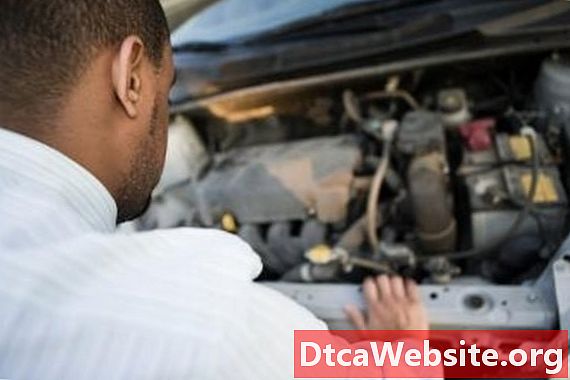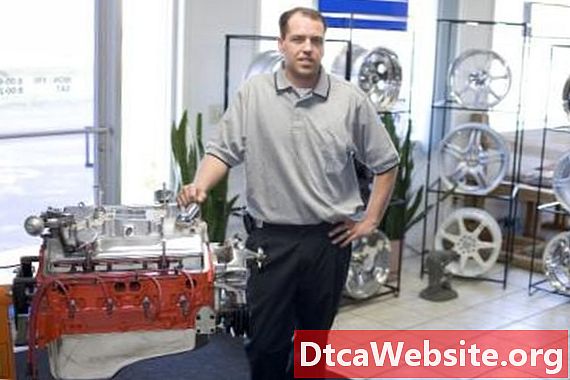
Contenu
Retreaded tires have had their old treads smoothed away (after being damaged or rendered unusable) and a new pattern re-applied in their place. This extends the life of the tire considerably and recycles old rubber. Though most retreads are safe, you should still know how to tell the difference between retreads and new tires.
Step 1
Check the tires sidewalls for the words "bias," "bias belted" or something similar to indicate their status. Retreads are legally required to have these markings in most areas, which tell consumers what type of tires they are buying.
Step 2
Search for tire retreads on larger vehicles, such as trailer trucks, construction equipment and even the wheels on airplanes. Retread tires are most popular in heavier vehicles and those which see a lot of travel. You are less likely to see them on passenger vehicles and privately owned cars for individuals.
Step 3
Look for differences in ure and density between the tires sidewalls and their tread. Retreads may have faint distinctions. Check whether the treads are darker, for example, or slightly rougher to the touch. These differences are rarely significant, but they do appear.
Step 4
Check for seals or similar creases along the sidewalls of the tire. Retreads basically place a wrapping of new rubber where the original treads once were, as close to the original as possible and sealed into place before being vulcanized. A tiny seam or a bit of excess rubber is sometimes left after such a process.
Step 5
Look at the price. A retread tire usually costs about 25 to 50 percent less than a new tire. Ask whether the cost is marked down because of a sale, or because the tires are retreads.
Step 6
Inspect the tire for signs of buffing or smoothing. Tire retreads must often be buffed to remove the remnants of the original tread. Generally, these indicators remain unobtrusive, but if you check carefully, you may be able to see whether there are signs of the work in the ure of the tire.
Look for patches of cement or adhesive on the tire. Most retreads use cement to keep the new tread firm against the rest of the tire and sometimes little splotches can be seen on the surface.
Tip
- If youre going to purchase retreads, look for a reputable dealer. The Tire Retread Information Bureau can tell you about dealers in your local area who adhere to standards of quality and make sure that the tires they sell are up to snuff. (See Resources below.)


